Australia Lunch Break Laws & Trends
Discover how Australia’s break laws stack up against others and how it can change for the better.
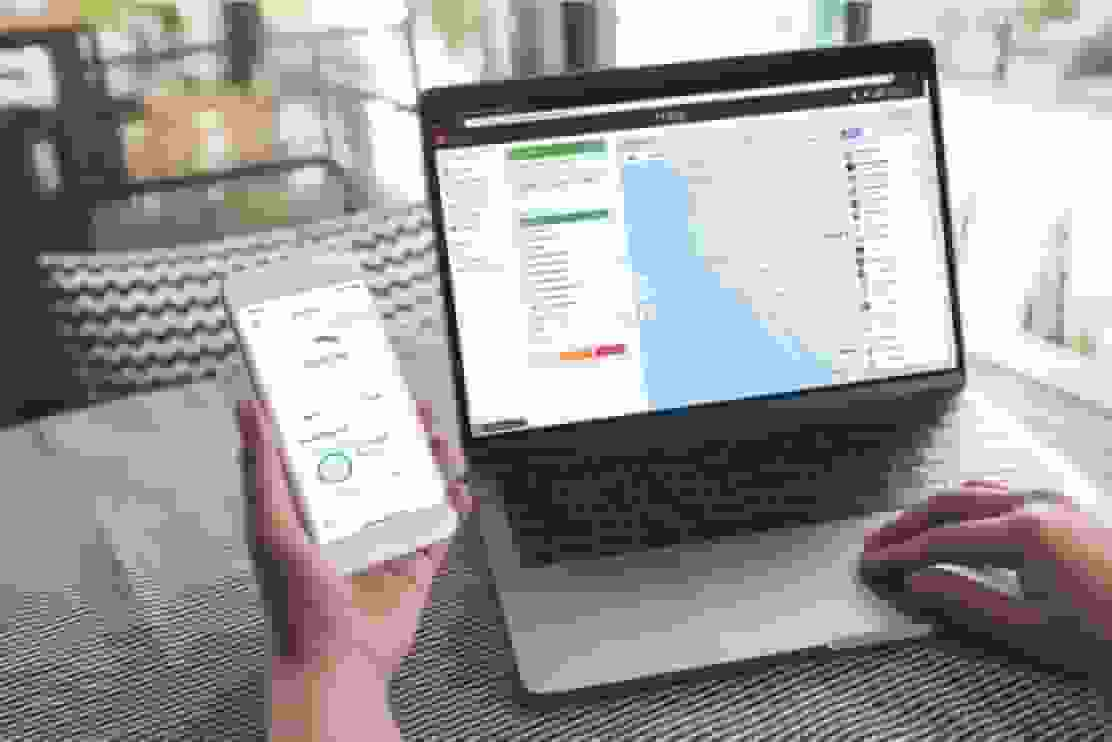
In the digital age, it can feel like the world is working flat out, where success is often measured by what you can do in the least amount of time possible. But it turns out there is a lot of truth in how good things take time, sleep and food included.
Lunch, or a meal break, was designed so employees could unplug and unwind midway through the workday. Yet more and more employees are either working through lunch or staying connected with work when they’re supposed to be on a break.
The Australian Institute found lunch breaks make an employee’s day more enjoyable, which leads to a happier and more productive workplace. Taking breaks, even small ones like toilet breaks, can help to recharge your brain, relieve stress, increase energy levels and help with digestion, blood pressure and even sleep.
In terms of optimising workplaces, employers are ultimately responsible for their employees’ wellbeing and safety. Ensuring employees have adequate breaks to control risks and relieve fatigue can only benefit the business in the end.
So how does Australia’s meal break fare against other countries around the world?
Lunch break duration by country
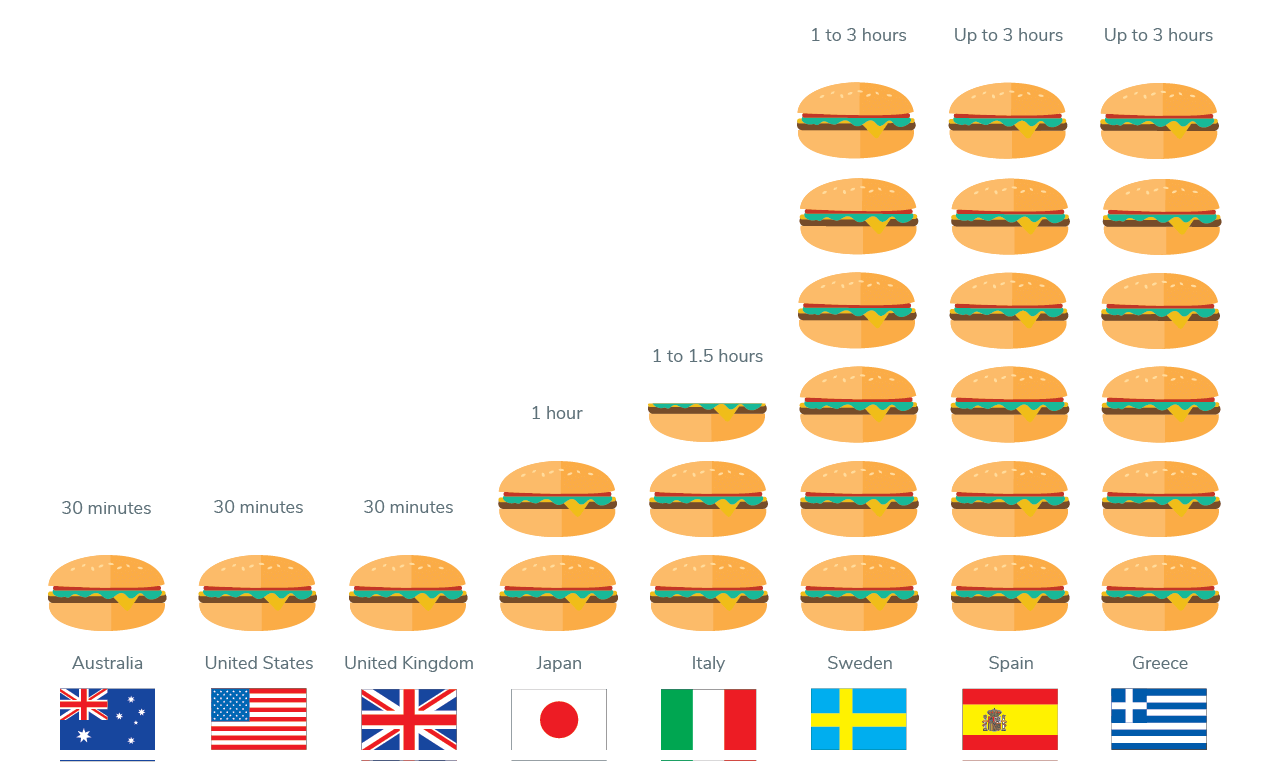
In 2017, TSheets (now QuickBooks Time) commissioned Pollfish to survey 500 Australian workers about their lunch or meal break.* We found many people have been using their lunch breaks to work, as they seem to believe they can get more done by skipping rest and powering through.
The age of ‘al desko’
Despite endless scientific data showing eating at one’s desk or workstation is detrimental to productivity and creativity, as well as your long-term health, our data reveals that it is still a common practice.
It is important to note there are different types of breaks. According to Fair Work, a rest break allows “an employee to rest for a short period of time during work hours”. These breaks can also be referred to as ‘rest pauses’ or ‘tea breaks’. A meal break is a “longer period of uninterrupted rest that allows the employee to eat a meal”.
Break provisions for workplaces are specific to industry awards, enterprise agreements and other registered agreements.
How employees use their break
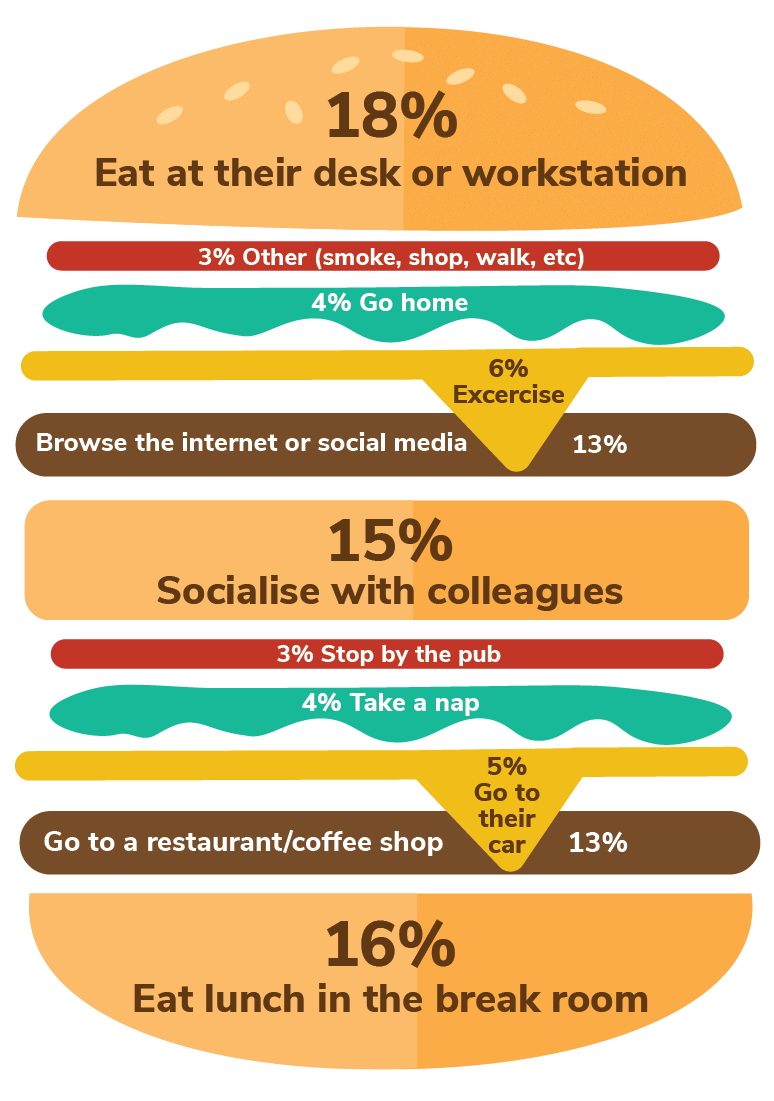
The work never ends
When asked why they work through lunch, 75% of respondents feel chained to their desks because there is simply too much work to do and too few staff members to share the burden. Other responses include feeling guilty for taking a break or it being a result of their organisation's culture.
However, lunch breaks can be positive for many reasons. Apart from the obvious benefit of unplugging, research shows that employees who can take meal breaks are more engaged in their work and have better job satisfaction as a result. You’re also likely to recommend your workplace to others if you feel able and encouraged to eat away from your desk. Even if it’s not a paid lunch break, the benefits of taking time out of your day from work are worth their weight in gold.
Reasons for working through breaks

When asked about the frequency of requests to work through lunch per week, almost a quarter of employees are asked daily, while another 45% are asked between two, three and four times weekly or several times per month. About 1 in 10 have either rarely or never received such a request.
Am I entitled to a break?
Yes and no. Many entitlements are provided for, and insisted upon, under the National Employment Standards, but a meal break is not one of them. Daily breaks, however, are provisioned under most modern awards and enterprise agreements. The standard is that employees who work more than five hours in a day are entitled to a 30-minute unpaid meal break.
For employees who do not fall under any modern award or agreement, there is no statutory obligation on the employer’s part to provide this. This was reflected in our survey, with almost half of the respondents taking 30-minute lunches, while 1 in 10 gets to enjoy a full hour and a small percentage gets none.
The average duration of breaks
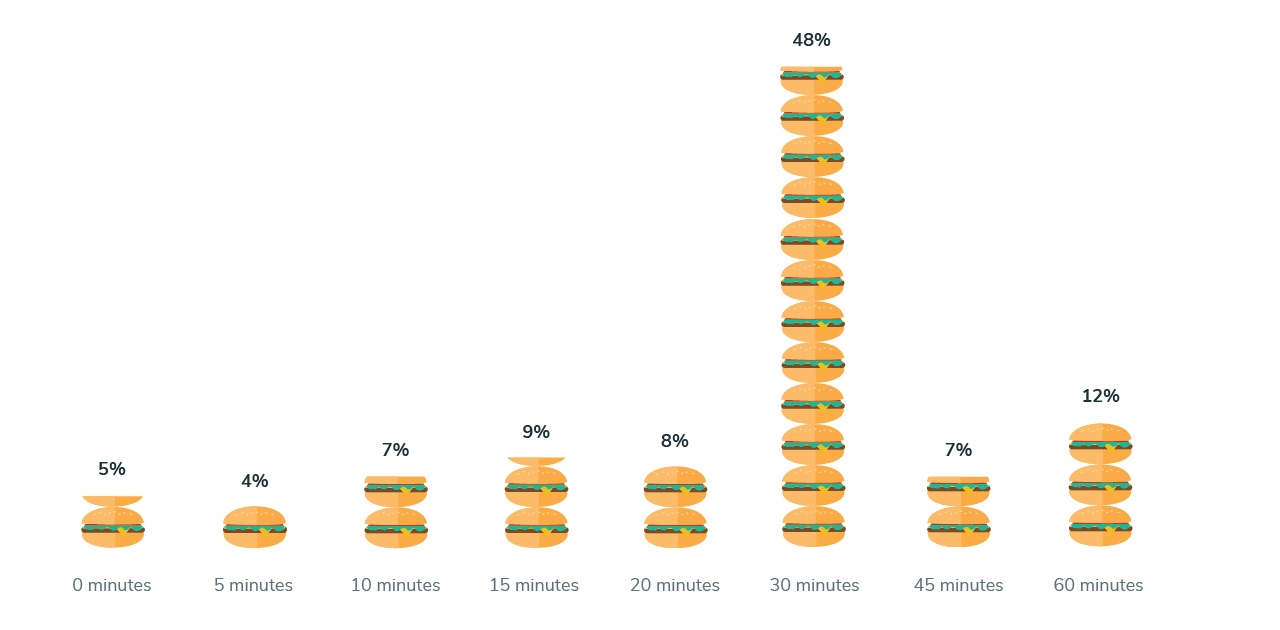
Our data found 62.5% of respondents were certain they were entitled to a meal, 10.4% were unsure and 27.1% did not have a set time for their lunch or meal breaks.Always refer to the Fair Work Ombudsman to learn about the applicable breaks for your industry.
A lot of guesswork despite technology
Even though a recent survey found Aussie entrepreneurs are tech-savvy, traces of technology were starkly missing when we asked respondents if and how they’re tracking their breaks and working hours.
Time tracking methods
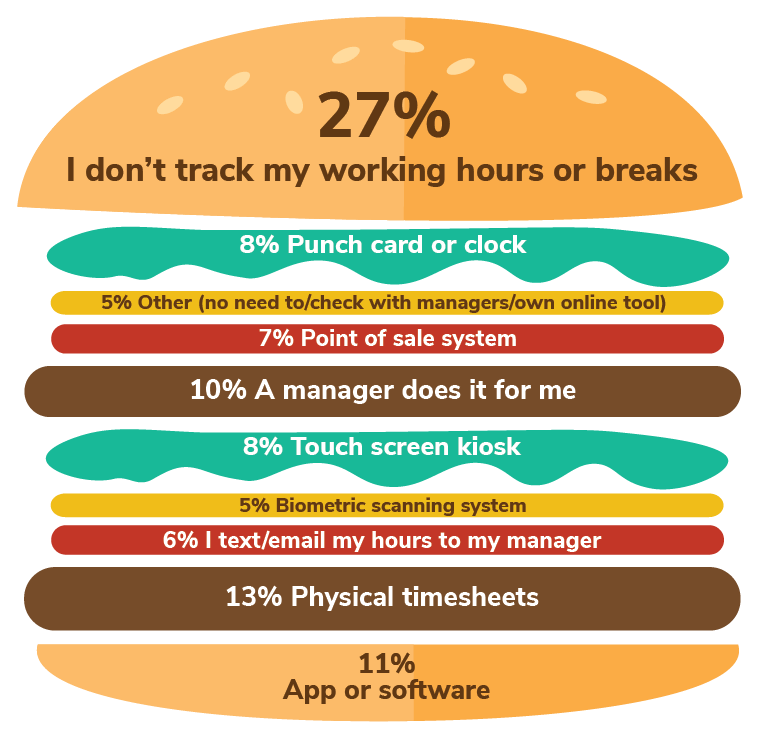
But don’t we know better?
We also asked the respondents what they thought about skipping lunch.
- 50% agree skipping a proper lunch or meal break makes them less productive
- 20% state it makes them more productive
- 30% claim skipping has zero effect on productivity
Having the right system in place to facilitate and track employee hours and breaks is key. QuickBooks Time is an automated timesheet solution that can be customised to track time. Employees can clock in and out from any location using the QuickBooks Time mobile app - QuickBooks Workforce. QuickBooks Workforce can sent out alerts when employees leave for a break and return to work, keeping everyone on the same page.
But employees can also do their part by making sure they rest when showing signs of being tired or under-performing at work, as it’s an important part of workplace health and safety. It’s particularly important to utilise break times when doing heavy manual labour, or tasks that are repetitive or requiring intense concentration. Check your relevant awards and workplace agreements, too, so you’re aware of your break entitlements.
*Methodology: Sample: 500 employees throughout Australia were selected and surveyed by PollFish in November 2017. TSheets (now QuickBooks Time) designed and paid for the survey, but the respondents were not connected to TSheets (now QuickBooks Time), and the responses were anonymous.
†Sources for lunch break duration by country include: Greece, Italy, Japan, United Kingdom, US, Spain, and Sweden.





